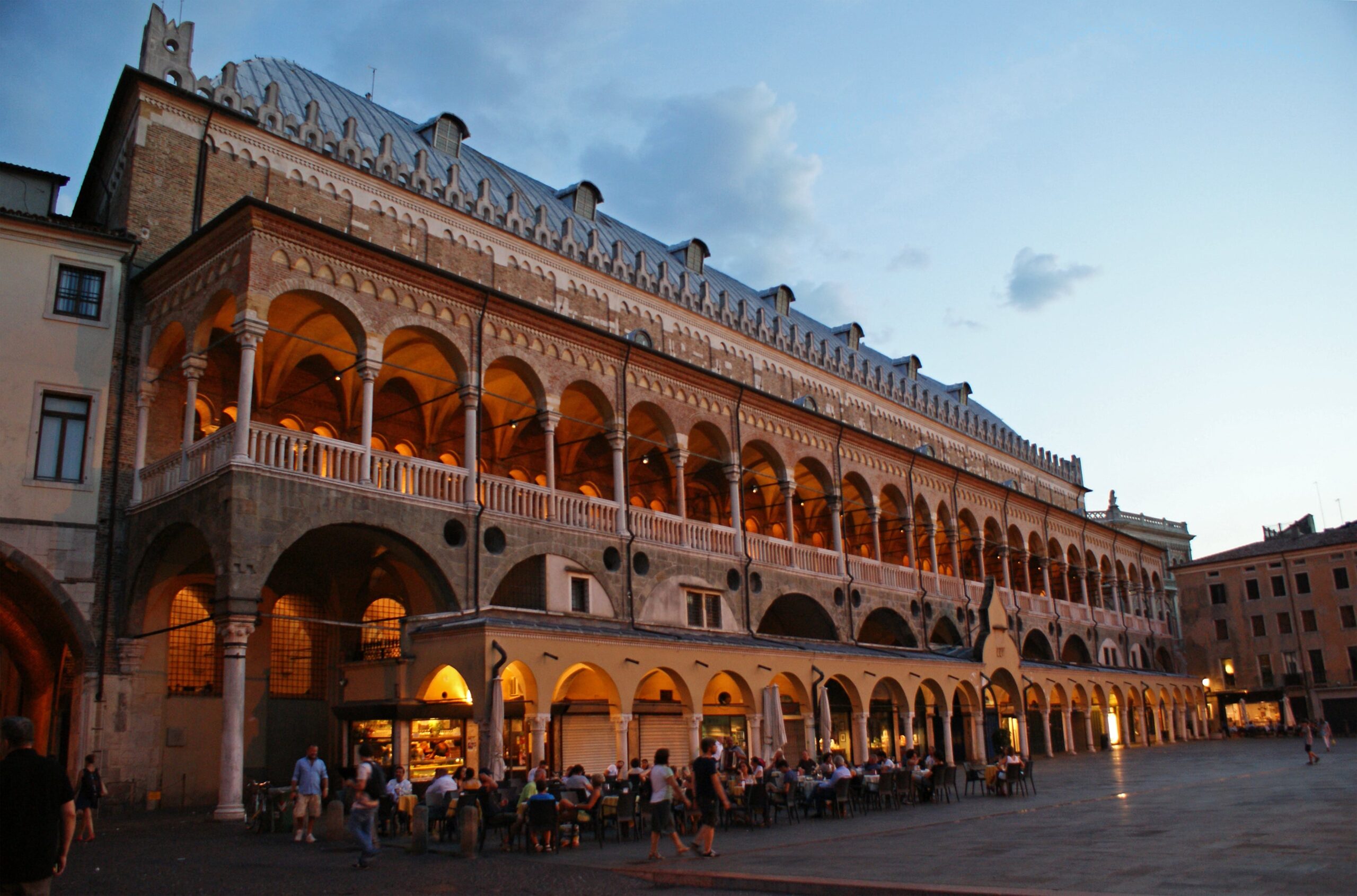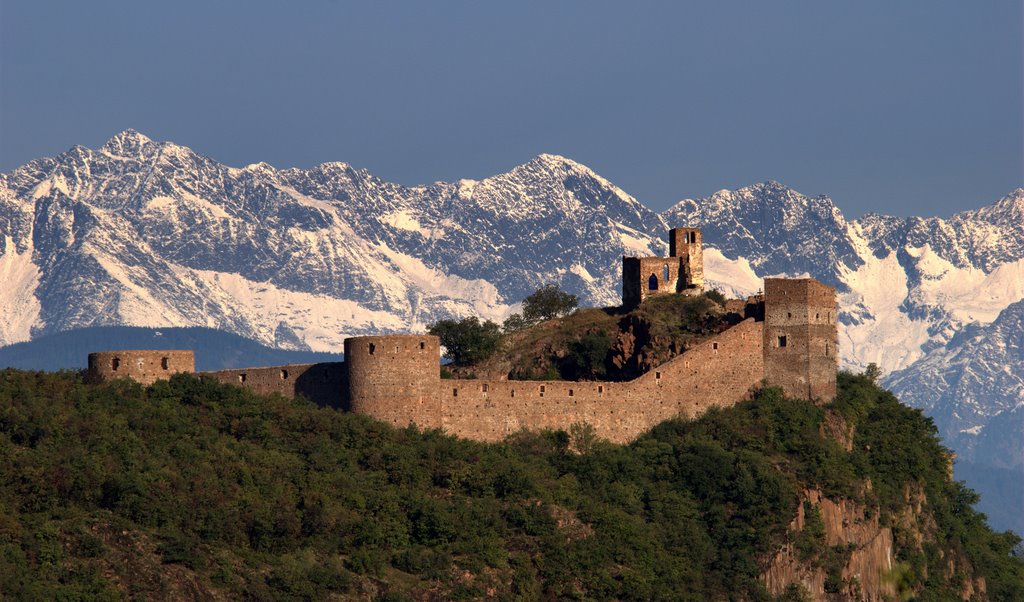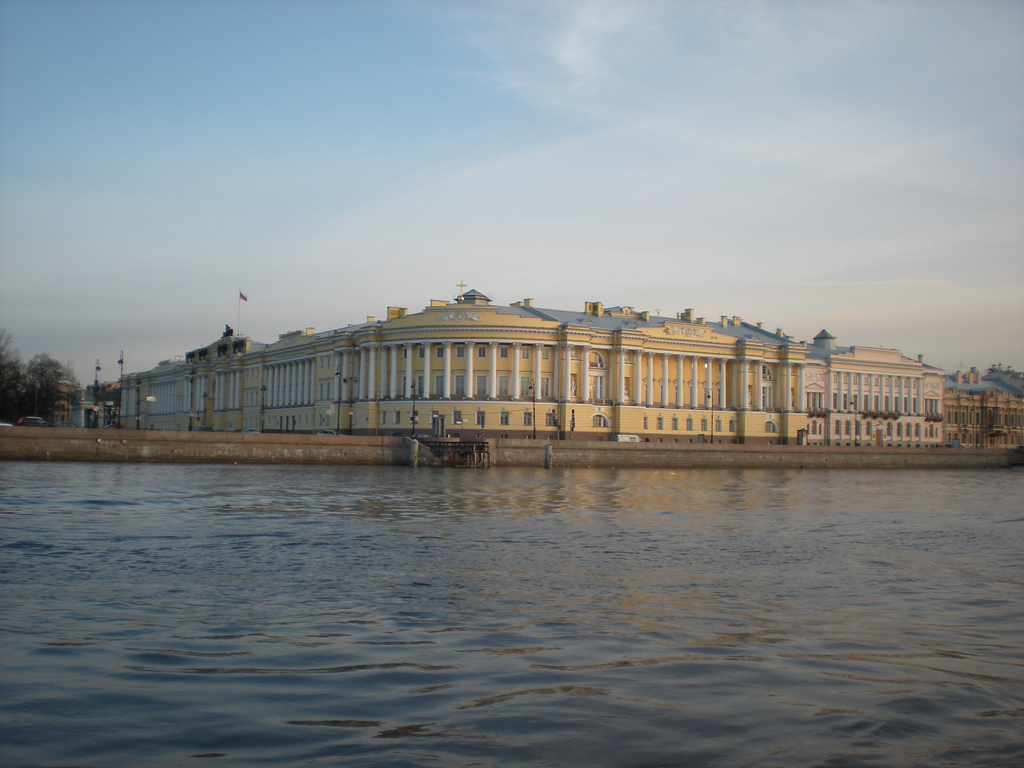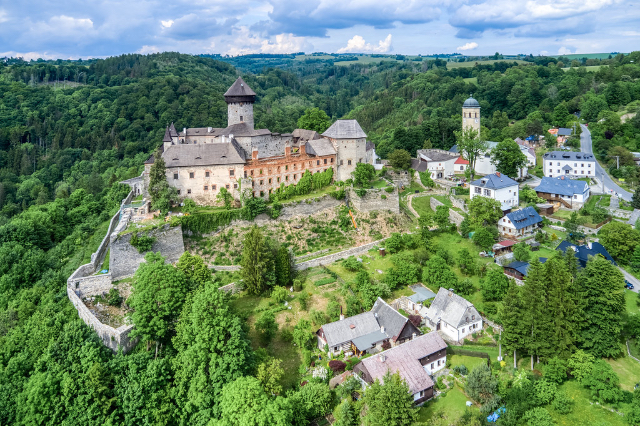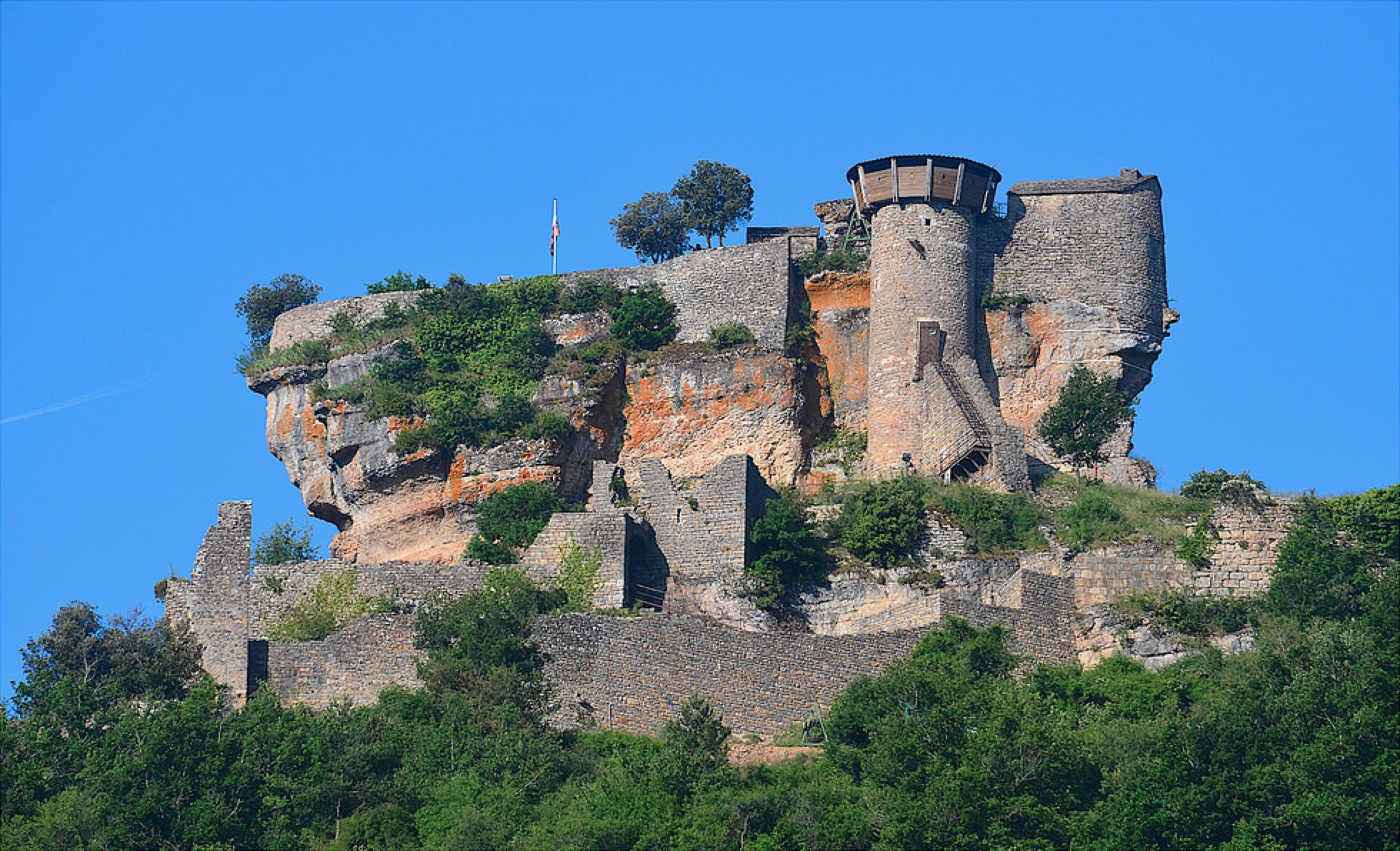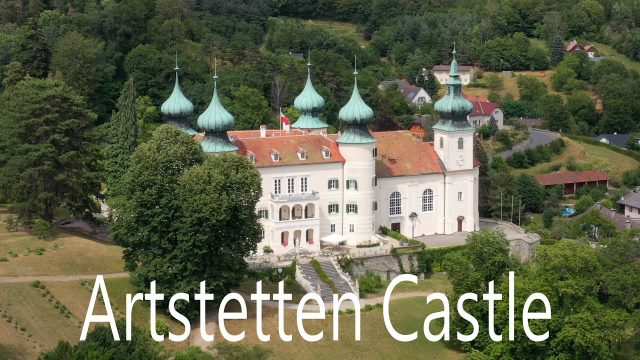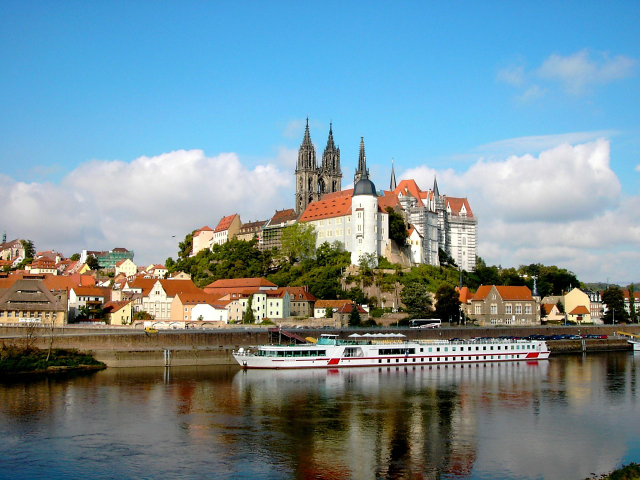Popularly referred to as "Il Salone", the Palazzo della Ragione is in fact one of the largest covered rooms in Italy and has no equal in Italian civil architecture.
The great hall on the upper floor, at the time the largest hanging hall (i.e. raised from the ground) in the world, was a true miracle of architectural daring and solidity.
Rich in simple and severe nobility and popular grandeur, the Palazzo della Ragione was built at the centre of a complex of municipal buildings, including the Palazzo degli Anziani and the ancient Palazzo del Consiglio, still partly in existence, which were constructed from the end of the 12th century onwards.
It rose at the centre of a system of squares, the current Piazza delle Erbe and Piazza della Frutta, where the market took place.
Between the ancient Palazzo del Consiglio and the eastern part of the Palazzo della Ragione there is the Volto della Corda, a grandiose archway towards Piazza delle Erbe built in 1277, so called because it was here that liars, bankrupts, cheats and insolvent debtors were struck on the back with a rope.
The ropes always hung from five stone rings embedded in the wall of the Volto to remind the sellers to be honest.
The corner underneath the Volto della Corda is known as the canton delle busie (corner of the lies) because it was here that the merchants would meet.
Even today you can see at the bottom, on the right of the Volto della Corda, the ancient Paduan measures carved on the white stone that prevented sellers from cheating buyers.
The imposing Palazzo della Ragione, a term attributed in the Venetian era, is a building with a trapezoidal plan due to the constraints of probable water channels that crossed what are still the squares and that even then were a sort of lively hypermarket.
The ancient building resembles an enormous upside-down ship and rests on 90 pylons, arranged in four orders.
The Palace was much admired by its contemporaries ever since its original form, which had the same length as the present one, but a lower height and was also narrower because it lacked the two loggias facing the two squares called at the time simply Piazza Settentrionale and Piazza Meridionale, today Piazza della Frutta and Piazza delle Erbe respectively.
